Tips on Gastronomy Photo Angles.
Beautiful light, stunning props and a well-decorated plate are the standard for food images that make you salivate, but the way these elements are composed elevates what could be an ordinary photo into a gastronomic story.

© Piktiz - Rappi - São Paulo 🇧🇷
Ana Mikaela.
2 mins.
Beautiful light, amazing props and a well-styled plate are the standard for mouth-watering food images, but how you compose these elements elevates what can be an ordinary photo to a culinary story. Besides lighting and equipment, you also need to think about the angle of your photo
First, what is the angle?
In mathematics, angle refers to the value of the inclination between two line segments. In audiovisual, this definition is quite close when it comes to tilt. Here, the angle defines the levelness of the camera in the scene.
You have 3 options.
The most common angles for cooking photography are 0-45º and 90º. Keeping the camera consistently at these two angles prevents you from trying to use a cryptic camera angle to add "creativity" to your food image. The creativity should come from what you put into the frame, not from the frame itself.
The 0-45˚ is the more versatile of the two camera angles for food photography. It conveys a more descriptive and natural look at the food. It is the view that a person usually gets when sitting at a table, it is what the viewer is comfortable with and therefore will be more receptive to this type of angle.
The 90˚ angle is graphic, attractive and unique. It is not what the viewer is used to and therefore, if done well, immediately grabs their attention. Try creating a food photography composition with contrasting shapes, such as circular food on square plates. Or try repeating shapes, the possibilities are endless. Diagonal and parallel lines will provide the image with the necessary amount of action. For the 90° camera angle, a diaphragm aperture between f/8 and f/16 is recommended. This will give you the assurance that everything is in focus, from the top of the food to the table, giving you more of this graphic look.
The 0° or front angle and Low angle: Viewing from the front or sometimes even a little from the bottom up can make the subject of the scene appear larger, giving an idea of grandeur. In cooking it is used with foods that have layers, with "tall" foods like hamburgers or stacks of pancakes. The height of a plate stands out. Low angle is a variation of the front shot. The only difference is that you should go a little lower than the dish you are photographing.
Your dish may be delicious and have top quality ingredients, but if the photo you post is blurry, with weird lighting, crooked and no vibrant colors, no one will be interested in trying your food.
That's why we've thought of everything to help you boost your sales through scheduled photo sessions on the best days and times for you.
Today Piktiz operates in more than 7 countries, and we have the ideal professional to assist you and solve your doubts and problems.
The 0-45˚ is the more versatile of the two camera angles for food photography. It conveys a more descriptive and natural look at the food. It is the view that a person usually gets when sitting at a table, it is what the viewer is comfortable with and therefore will be more receptive to this type of angle.
The 90˚ angle is graphic, attractive and unique. It is not what the viewer is used to and therefore, if done well, immediately grabs their attention. Try creating a food photography composition with contrasting shapes, such as circular food on square plates. Or try repeating shapes, the possibilities are endless. Diagonal and parallel lines will provide the image with the necessary amount of action. For the 90° camera angle, a diaphragm aperture between f/8 and f/16 is recommended. This will give you the assurance that everything is in focus, from the top of the food to the table, giving you more of this graphic look.
The 0° or front angle and Low angle: Viewing from the front or sometimes even a little from the bottom up can make the subject of the scene appear larger, giving an idea of grandeur. In cooking it is used with foods that have layers, with "tall" foods like hamburgers or stacks of pancakes. The height of a plate stands out. Low angle is a variation of the front shot. The only difference is that you should go a little lower than the dish you are photographing.
Your dish may be delicious and have top quality ingredients, but if the photo you post is blurry, with weird lighting, crooked and no vibrant colors, no one will be interested in trying your food.
That's why we've thought of everything to help you boost your sales through scheduled photo sessions on the best days and times for you.
Today Piktiz operates in more than 7 countries, and we have the ideal professional to assist you and solve your doubts and problems.
 Português
Português Español
Español English
English


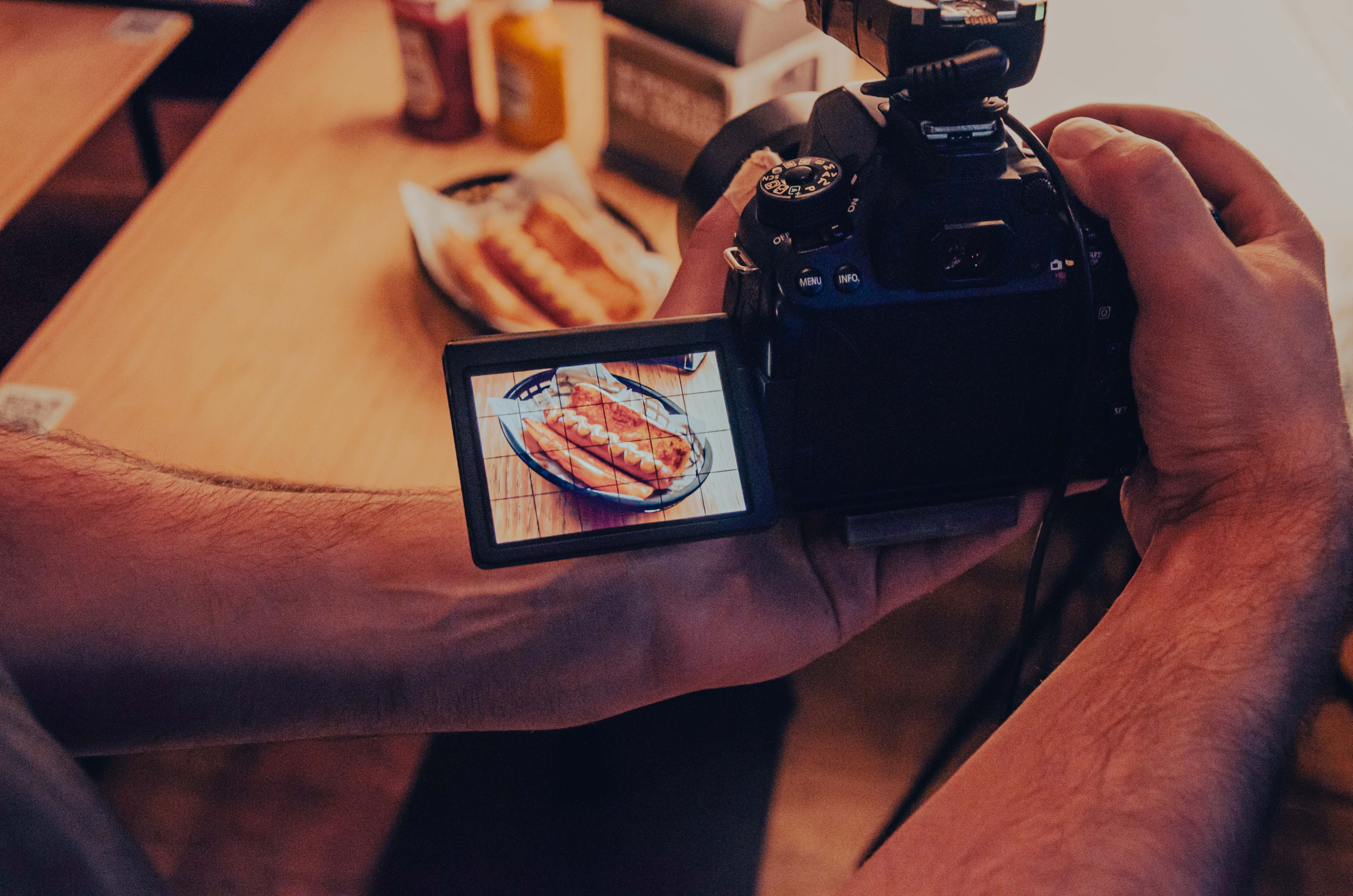

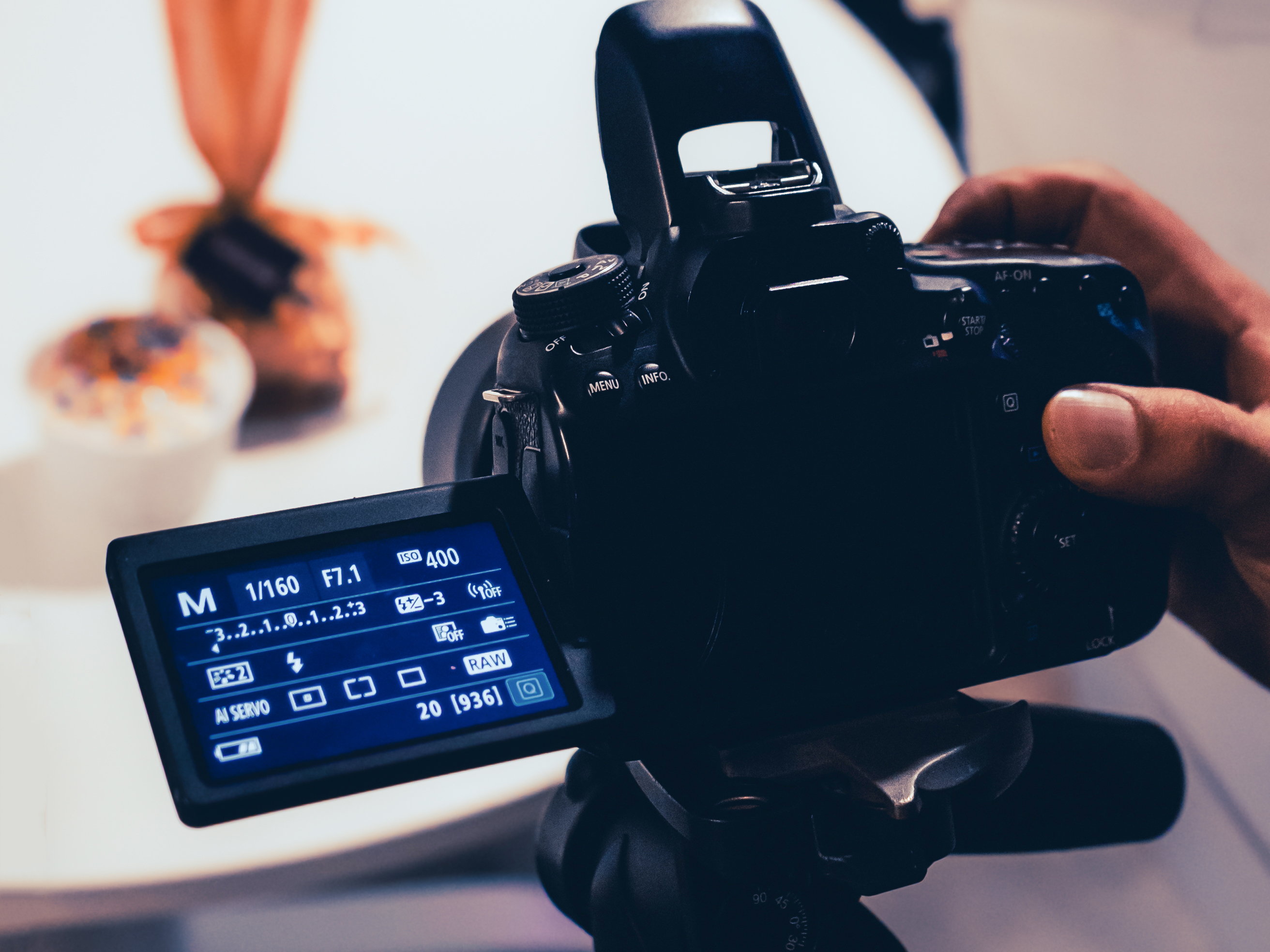

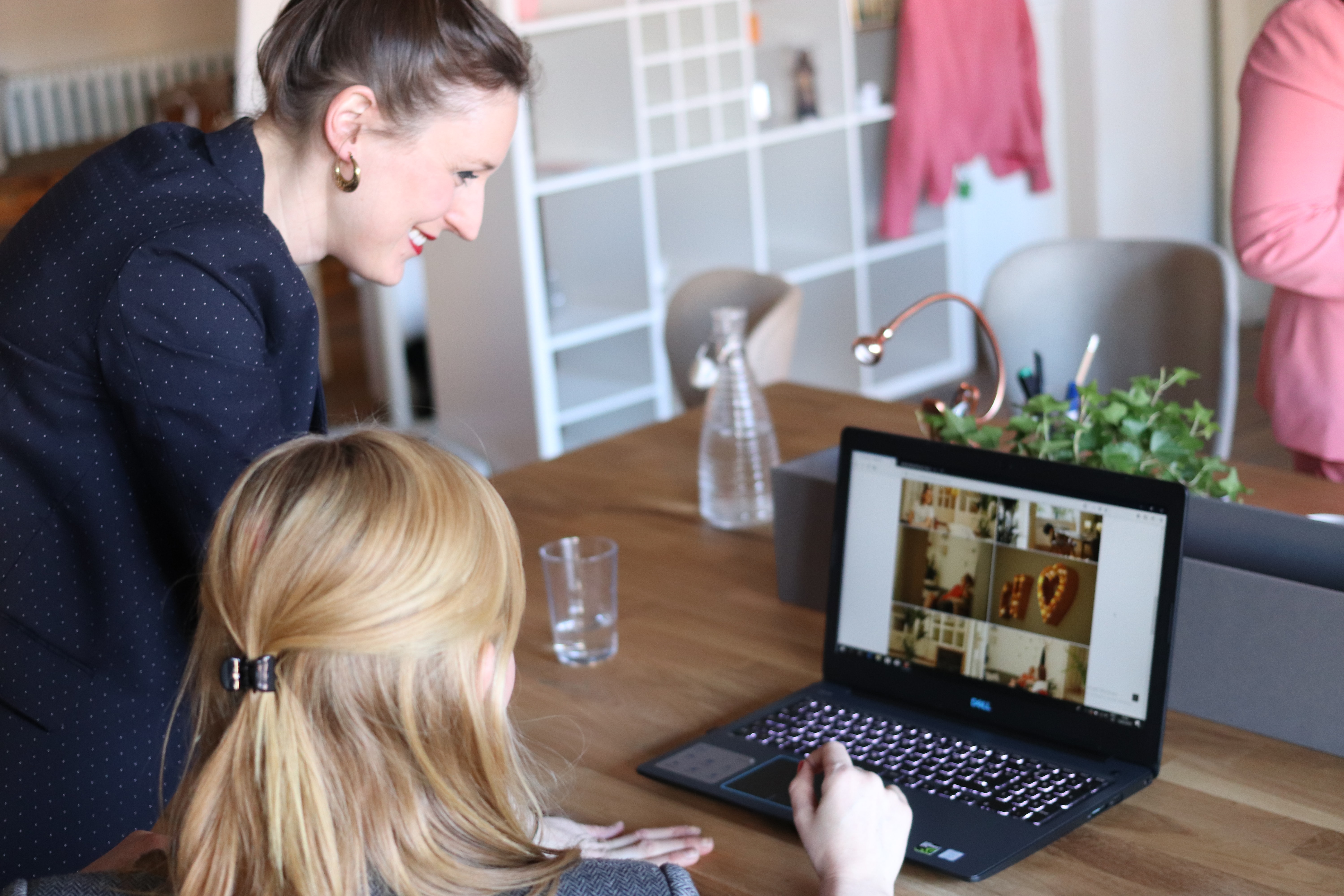




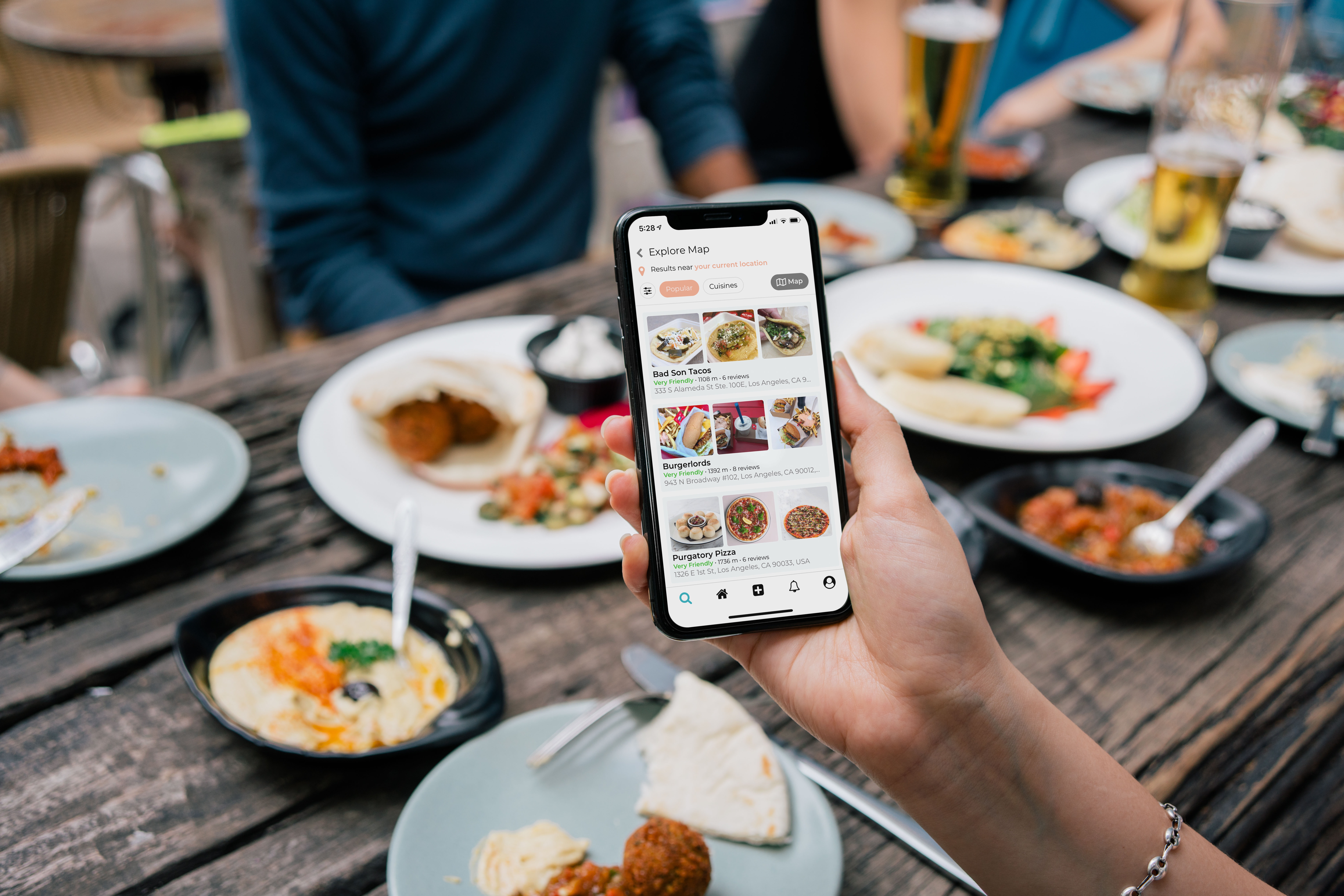


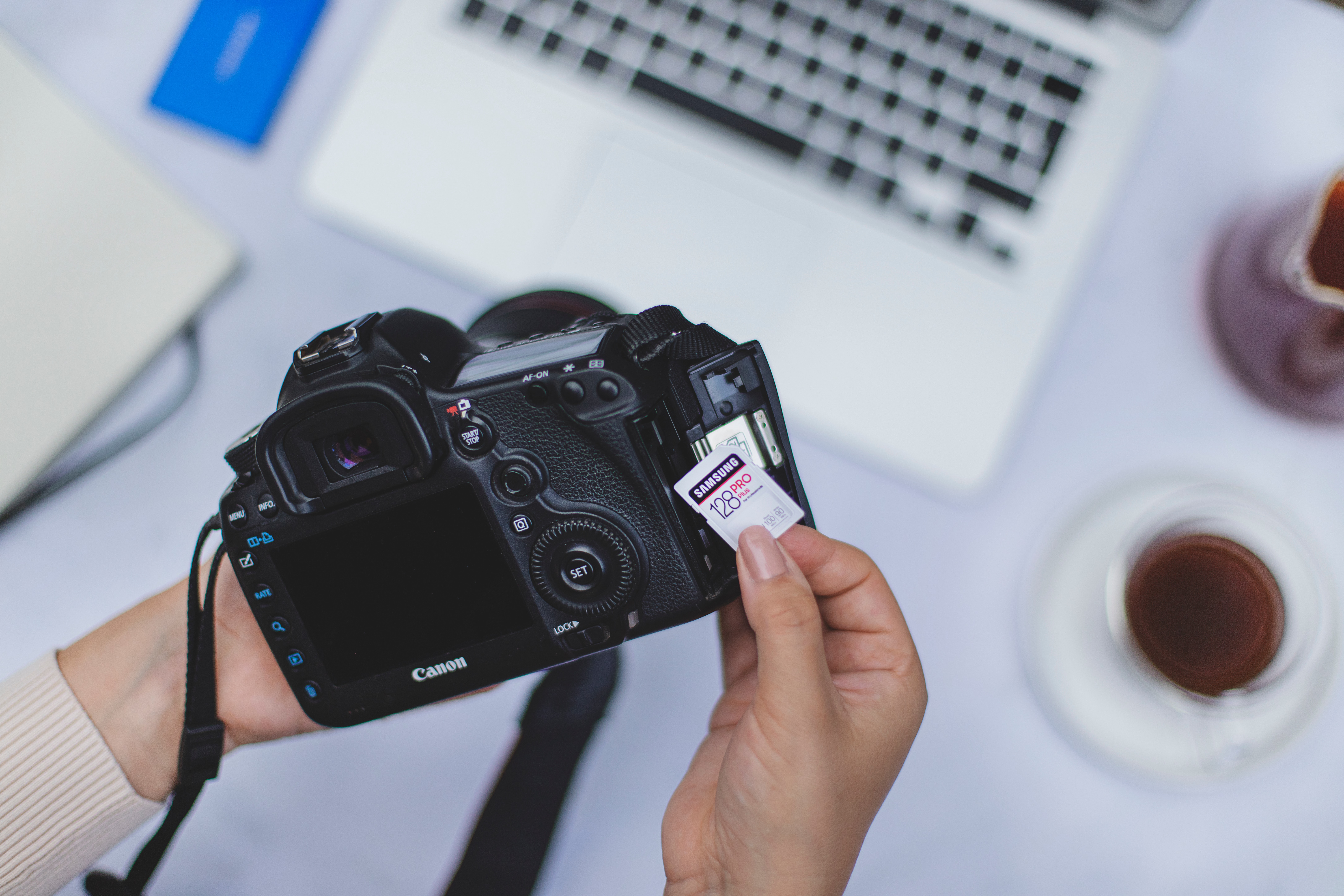


.jpg)
.jpg)

.jpg)
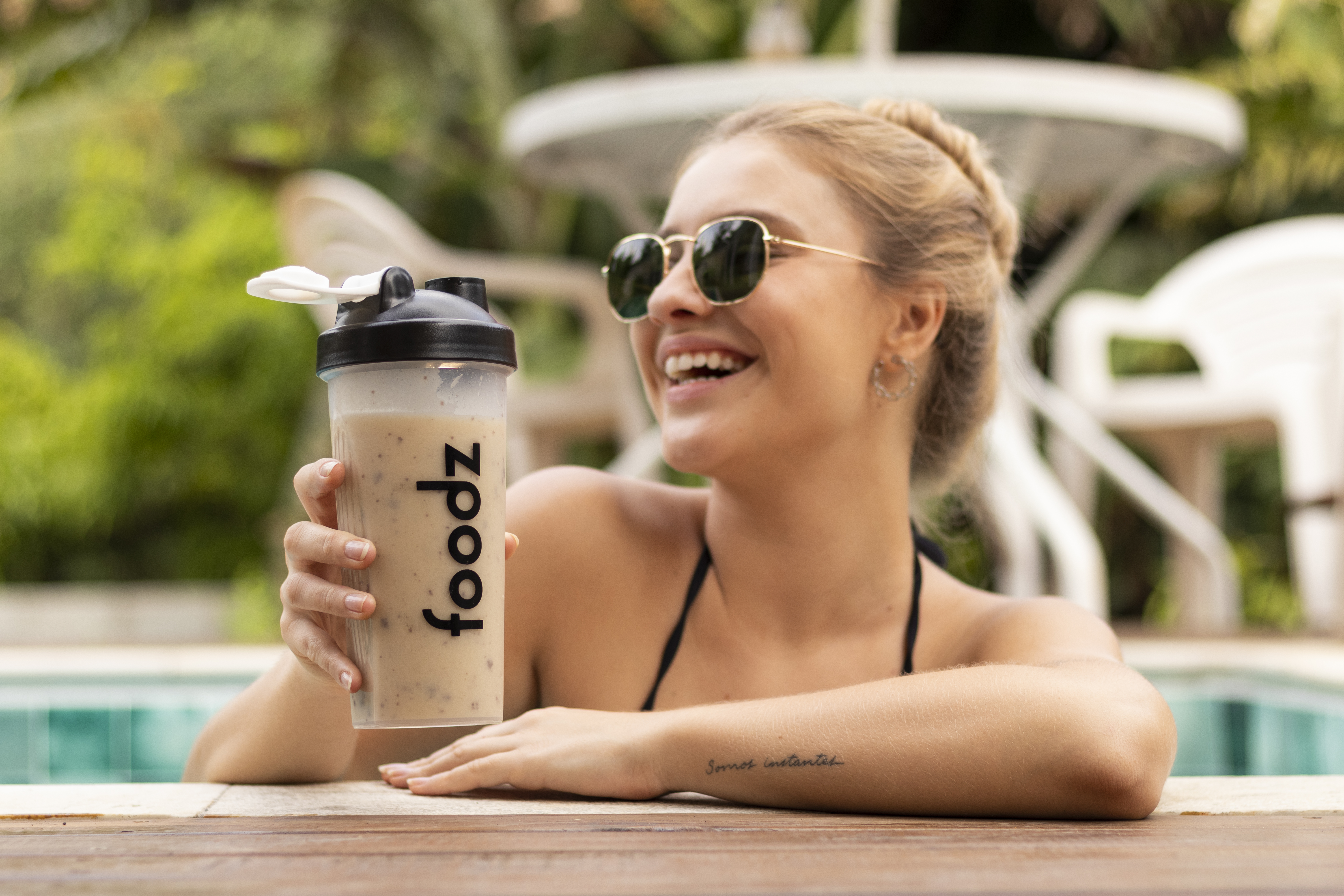





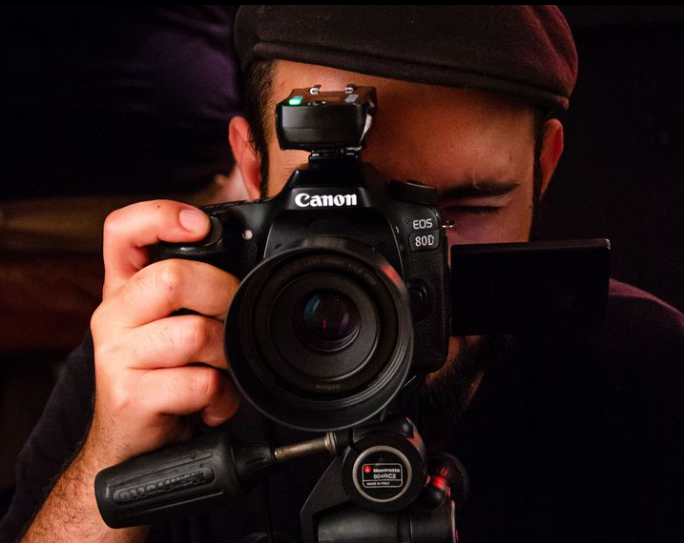




.jpeg)
%2010.00.14.jpg)
%2010.46.53.jpg)
